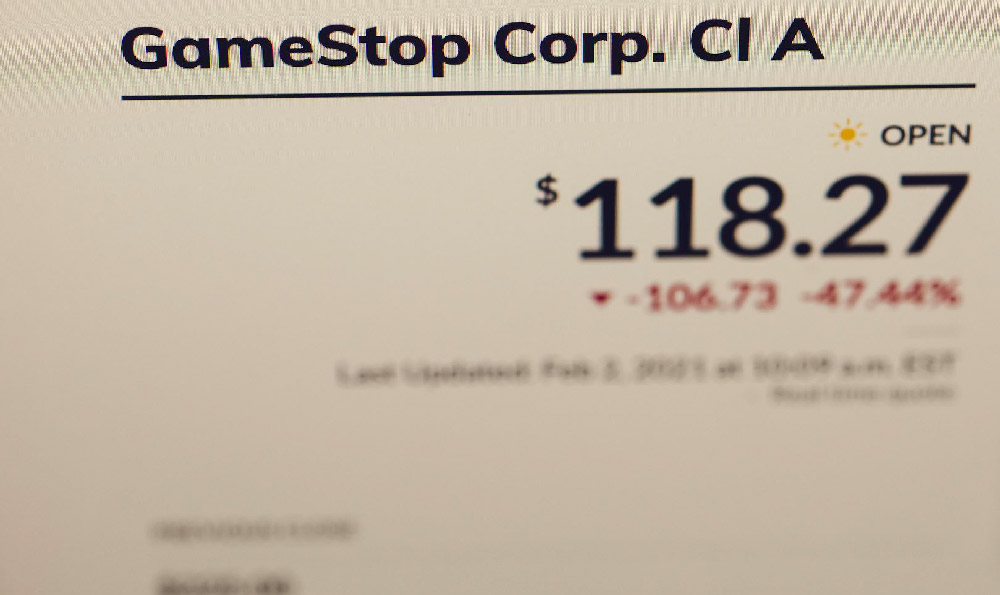How much can you earn on YouTube making videos

Creating content on YouTube has become one of the most popular avenues for digital entrepreneurship, offering opportunities to generate passive income and build a global audience. The potential earnings for creators span from modest side incomes to substantial six-figure revenues, but achieving financial success requires a blend of strategic planning, consistent effort, and adaptive expertise. Understanding the dynamics of YouTube monetization is essential for anyone looking to navigate this competitive landscape, as the platform’s algorithms, audience engagement patterns, and revenue models evolve rapidly. This article explores the factors that influence earnings, the various income streams available, the challenges of sustaining growth, and the long-term vision needed to maximize returns while protecting against risks.
YouTube’s revenue models are primarily driven by ad revenue, wherein creators earn money by displaying ads on their videos. The amount earned per view is influenced by multiple variables, including the content’s niche, the geographic location of the audience, and the ad network’s performance metrics. For instance, videos in high-demand categories such as tech reviews, gaming, or educational content often yield higher ad rates due to their broad appeal and engagement potential. However, the average revenue per thousand views (RPM) remains a critical metric, typically ranging between $1 and $5 in the United States. While this might seem low, it’s crucial to consider that RPM varies significantly based on the aforementioned factors and the platform’s current payout structure. Creators in regions with higher ad rates, such as the UK or Germany, might achieve closer to $5 per thousand views, but this requires a consistent flow of traffic and high-quality content to justify such gains.
Subscriptions, channel memberships, and merchandise sales emerge as alternative income sources, allowing creators to diversify their revenue beyond ads. Subscription-based models, where viewers pay monthly fees for exclusive access, are particularly effective for content that requires regular updates or community interaction. Channels with over 1 million subscribers can generate substantial monthly earnings, though the revenue is directly tied to the number of paying members and the pricing strategy. Merchandise sales, on the other hand, depend on a creator’s ability to design and market products that resonate with their audience. Successful creators often combine multiple income streams, leveraging their brand equity to maximize profitability and reduce dependence on any single source.

Sponsorships and brand collaborations offer another avenue for monetization, with creators earning money through partnerships with companies looking to promote their products or services. The amount earned per partnership typically ranges from $100 to thousands of dollars, depending on the brand’s budget, the creator’s audience size, and the content’s engagement metrics. For example, a creator with 100,000 followers in the lifestyle niche might secure a sponsorship worth $500, while a channel with millions of followers could negotiate deals exceeding $50,000 per month. These collaborations require not only a loyal audience but also the ability to create authentic content that aligns with brand values, ensuring long-term credibility while monetizing reach.
Affiliate marketing further expands earning potential, enabling creators to earn commissions from product sales generated through their unique referral links. This strategy is particularly effective for content creators in niches such as tech, finance, or lifestyle, where they can recommend products and services to their audience. The commission rates vary by platform, typically ranging from 1% to 10% of the sale, with some high-value affiliates earning significantly more. However, successful affiliate marketing hinges on transparency and trust, as audiences are more likely to engage with authentic recommendations rather than overtly promotional content. Creators must also navigate the complexities of tracking conversions and optimizing their end-of-video call-to-action (CTA) to ensure effective monetization.
The journey to profitability on YouTube is not linear, as success depends on a combination of factors such as content quality, audience retention, and platform algorithm dynamics. Some creators may achieve financial stability within a few months, while others might take years to reach consistent earnings. This variance underscores the importance of developing a long-term strategy, focusing on content that resonates with a target audience and aligns with personal strengths. Creators who prioritize consistency, niche specialization, and community engagement often outperform those chasing short-term gains.
To mitigate risks, creators must be vigilant about adhering to YouTube’s policies, protecting their intellectual property, and avoiding common pitfalls such as overcommitting to low-paying partnerships or neglecting content quality. Platforms like YouTube are increasingly scrutinizing monetization practices, with stricter rules to prevent exploitation. Creators who invest in tools for analytics, audience segmentation, and content optimization are better positioned to adapt to these changes and sustain their income over time.
Ultimately, the financial potential of YouTube content creation is vast, but it demands a calculated approach. Whether through ad revenue, subscriptions, sponsorships, or affiliate marketing, the key to long-term success lies in understanding audience expectations, leveraging data-driven insights, and fostering a loyal community. By prioritizing quality, consistency, and strategic growth, creators can unlock sustained financial returns while building a valuable online presence. It’s important to acknowledge that while YouTube offers a pathway to profitability, it’s not a guaranteed source of income, and creators should always diversify their financial strategies to mitigate risks and ensure stability. The future of YouTube monetization trends is likely to shift toward more diversified revenue models, emphasizing the need for creators to evolve their strategies and embrace new opportunities as they arise.















